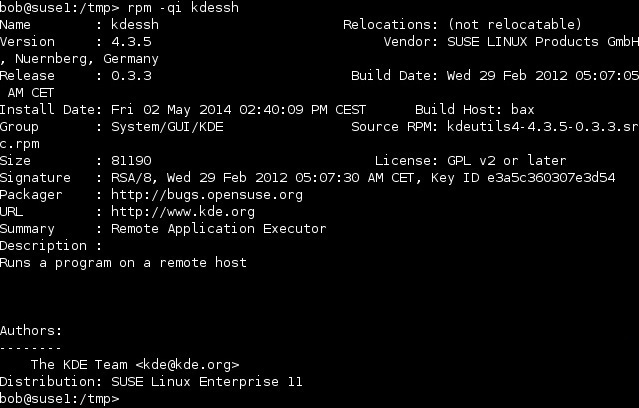
deb package type was introduced by Debian too.

rpm package type that is used by Red hat package managers.

Each of these operating systems maintains its flavors of Linux packages. There are several Linux distributions available in the market. The mentioned packages use by many package managers to download necessary dependency programs before installing them. The Linux operating system vendors introduced various package types such as. Usually, we call these bundled units software package archives. The packaging concept makes life easier for end-users by packaging the software application with pre-compiled source code or binary executable, dependency trees, and metadata.

It was a cumbersome process for end-users and consumed time. Then, you need to take care of the dependency tree too. Old days, you might need to find the source code for a given software application and compile it on your own. A Linux package consists of several files which are going to be used by the local package manager program. What is a packageĪ Linux software package encapsulates a specific command-line program, third-party software library, or standalone application. The package manager’s job is to go, talk to the package repository and perform the actions on behalf of the end-user. They can enter commands or click on a graphical interface to access these remote repositories. The following figure illustrates the role of a Linux package manager.Īs shown in the above illustration, the end-user has access to the local package manager utility. These repositories consist of different software package formats for different purposes. There are several sources available for different Linux distributions. Then manipulate the software package as per users' instructions. The package manager's general responsibility is to fetch software packages or units from respective sources. It has been used in python, PHP, and many more environments. The package manager is not limited to Linux operating systems. It is beneficial to know multiple package managers and how they work. It can be a command-line utility or a graphical interface which takes care of software installation, uninstallation, update, and configuration.

The package manager is the middle man that serves end-users. Linux uses the package management concept to handle the lifecycle of software installation to uninstallation.


 0 kommentar(er)
0 kommentar(er)
